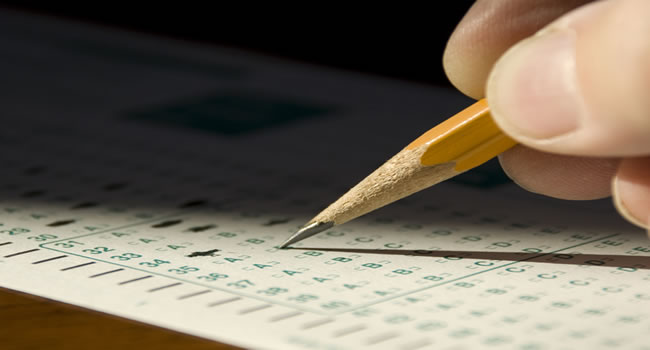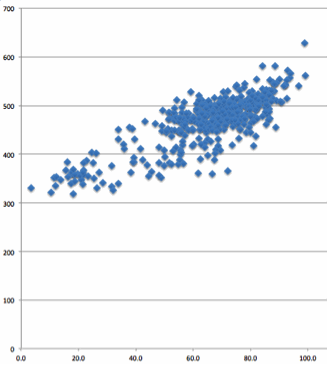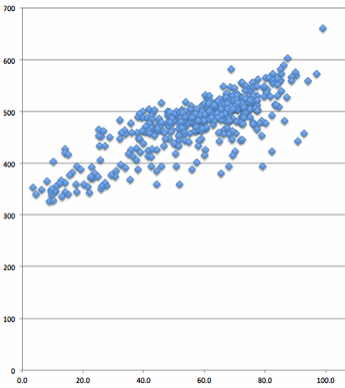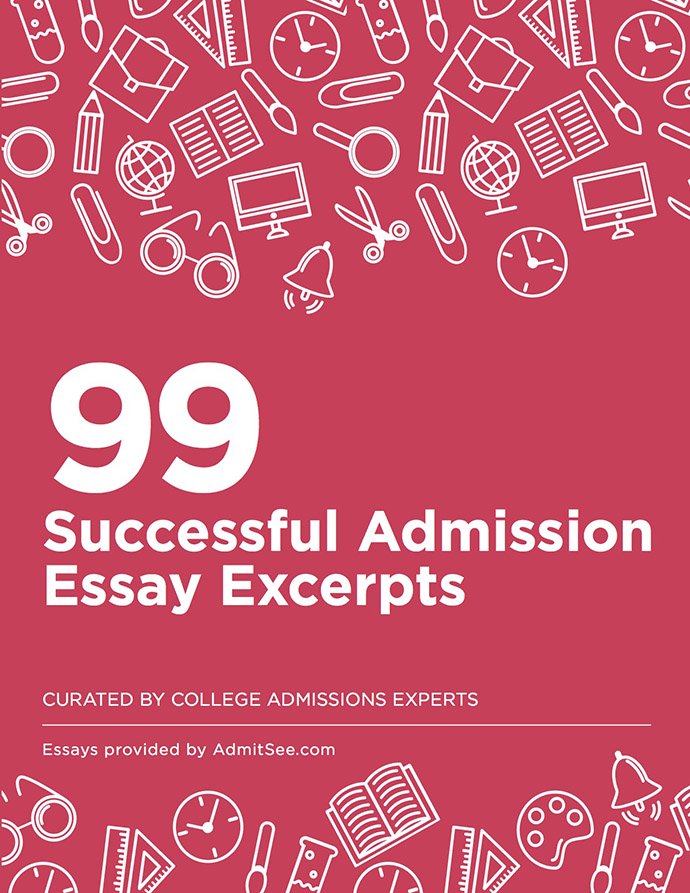
When Congress passed No Child Left Behind (NCLB) in 2001, it received bipartisan support, and was hailed as a way to hold schools accountable. The goal of NCLB was for all public school students to test at or above the proficient level by the end of the 2013-2014 school year—this school year. So how is NCLB doing? It’s not looking good. Under NCLB, schools that failed to bring up their students’ test scores were penalized with funding and staffing cuts, weakening already struggling schools.
How students perform on their state standardized tests continues to impact their school’s financial stability and reputation. School curriculums have narrowed to the subjects being tested, and considerable class time is spent on prepping for the tests. According to former U.S. Assistant Secretary of Education, Diane Ravitch, “teaching to the test, once considered unprofessional and unethical” has since become “common,” as part of a deliberate effort to manufacture education improvement.
Prepping for state standardized tests isn’t the most intellectually stimulating use of class time, but it might have other benefits—namely preparing students for the standardized tests they must take to get into college. To determine whether a correlation between performance on state tests and the SATs, we compared the 11th grade Pennsylvania System of School Assessment (PSSA) proficiency levels with the SAT score averages at 452 PA public high schools (PSSA scores are from 2011-2012 school year and test scores are from spring and fall of 2012). We found a positive correlation between the percent of students who performed at or above the proficient level in reading, and the average SAT verbal score. A similar correlation existed for math scores.


To determine the causality of this correlation, we next looked at school improvement. In 2012, Pennsylvania schools were still sanctioned under No Child Left Behind if they failed to achieve Adequate Yearly Progress (AYP). AYP means that a school is “making sufficient annual progress towards the goal of 100% proficiency,” and is based on PSSA scores. Schools that failed to meet the AYP measures for two or more consecutive years must “develop an improvement plan to turn around the school,” such as “changes in curriculum.” This seems like a euphemism for “teaching to the test.”
For the 2010-2011 school year, approximately 60 high schools passed the AYP after failing the previous year, and 30 high schools received Warnings because they failed the AYP after passing the previous year. If teaching to the PSSA in fact has a positive impact on SAT scores, the schools that improved their AYP scores after getting a warning should show an increase in SAT scores. The schools that passed the AYP in 2009-2010 and then failed should have SAT score averages stay the same, or drop because schools that were sanctioned in previous years could cease test prep after just one successful AYP round.
This turned out to be true—schools that improved their PSSA scores after failing averaged a 2-point increase in the SAT verbal section, and a 3-point increase in the SAT math. Furthermore, schools that lost their AYP status averaged a 5-point drop in the SAT verbal and a 6-point drop in the SAT math.
The correlation between AYP and SAT results suggest that class time spent on test prep could improve students’ SAT scores. But will the bump is miniscule. In our opinion, there’s no excuse for spending class time teaching to state standardized tests, especially in high school. 11th graders have enough work to do prepping for the SATs, ACTs, APs, SATIIs… at the very least, they should be able to opt out of state standardized tests by achieving a certain score the SATs.















 Back
Back